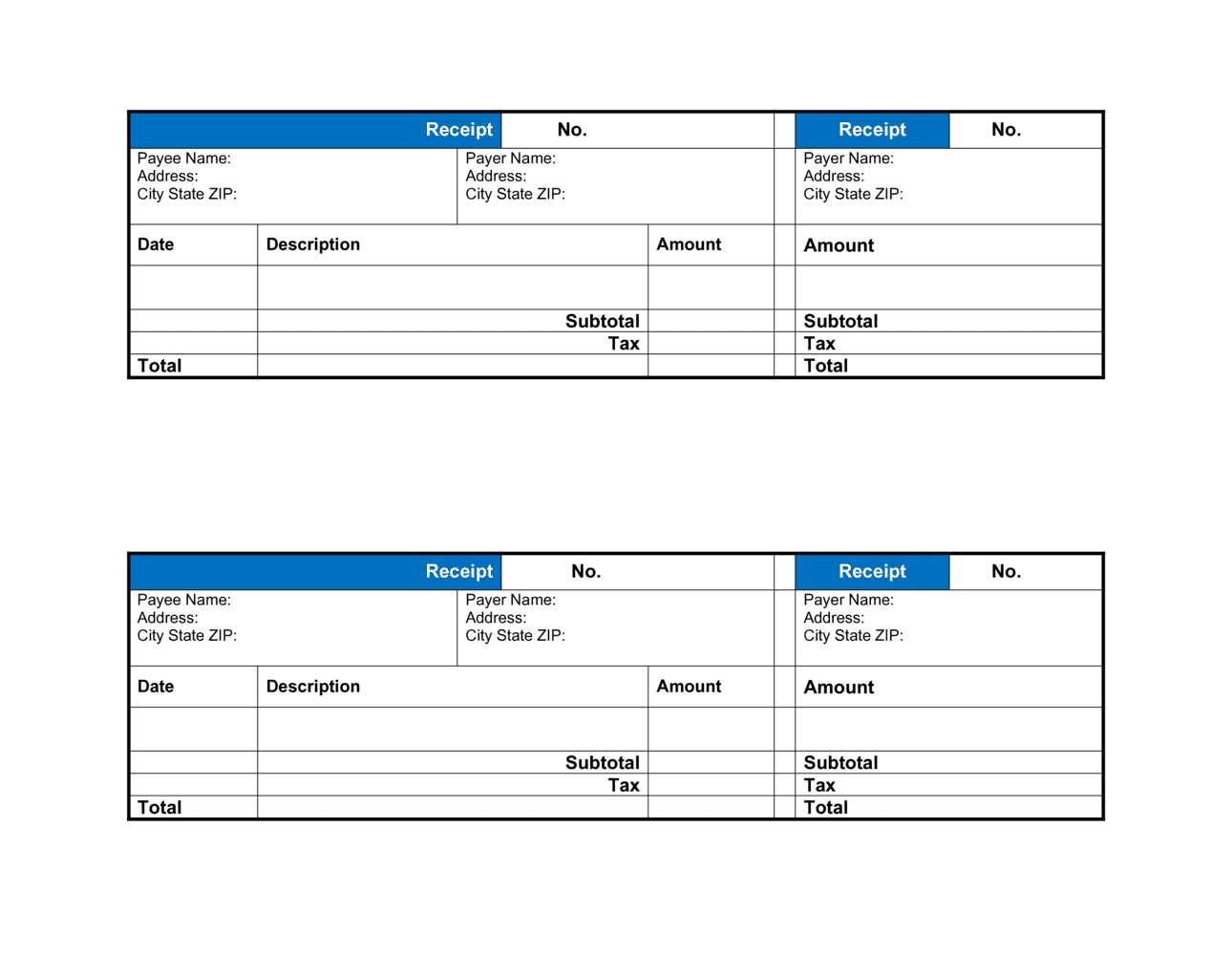
Key Elements to Include
A goods receipt template should include all necessary details to confirm the delivery of items. Key fields to add are:
- Purchase Order Number: Reference the corresponding order to link the receipt to a specific transaction.
- Supplier Information: Include the name, address, and contact details of the supplier to track who provided the goods.
- Delivery Date: Record the date when the goods arrived.
- Item Description: Clearly state the product names, quantities, and specifications for accuracy.
- Unit Price and Total Amount: Include the price per unit and the total cost of each item delivered.
- Condition of Goods: Note any discrepancies or damage to the goods upon arrival.
- Authorized Signature: Have the recipient sign to acknowledge the receipt of goods.
Benefits of Using a Template
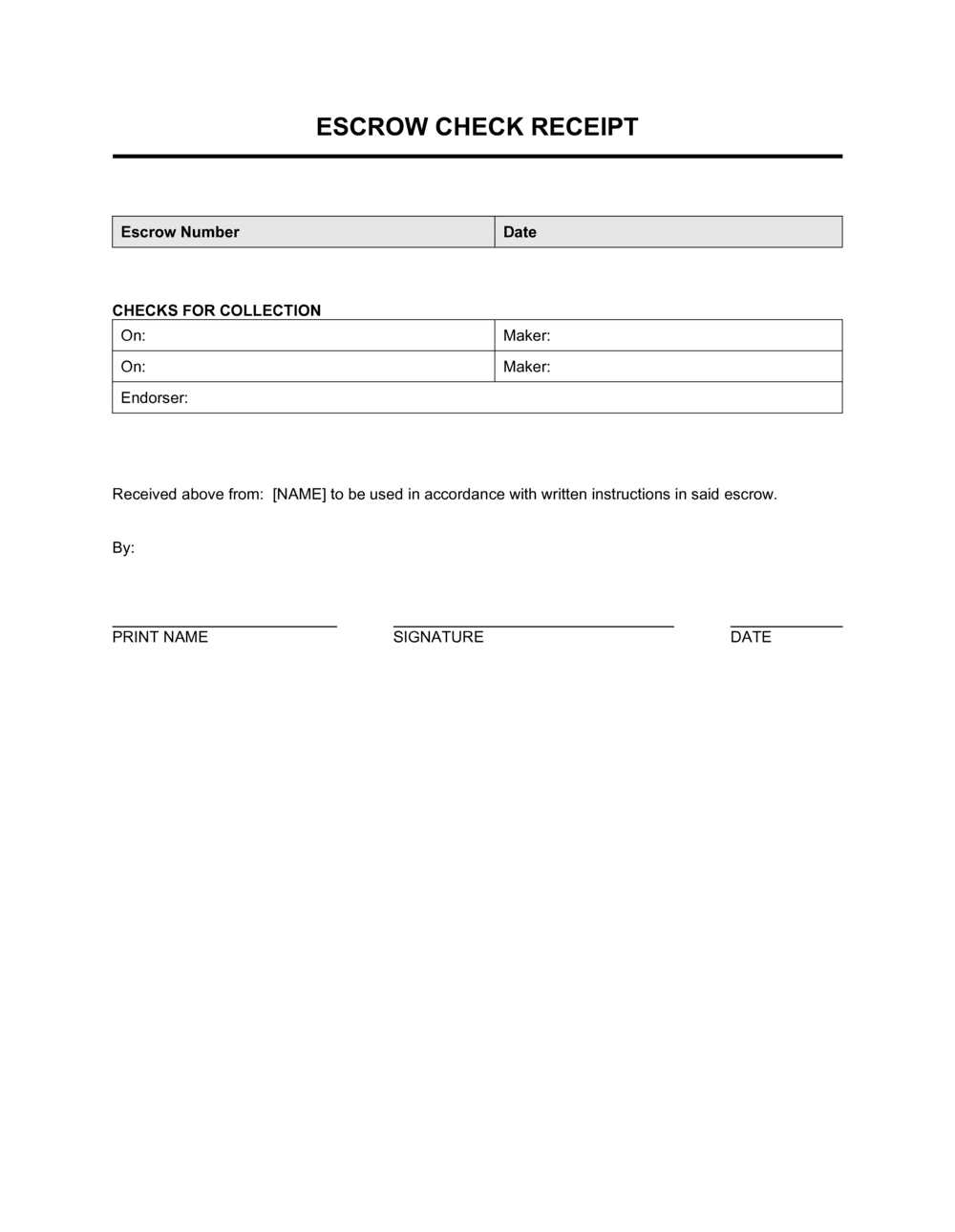
Using a standard template for goods receipts improves accuracy and streamlines the documentation process. By including consistent and well-organized information, you ensure clarity and reduce errors. A proper goods receipt serves as a record for both accounting and inventory control, helping avoid disputes with suppliers. It also assists in tracking deliveries against purchase orders, making it easier to identify missing or damaged items. Additionally, the template format can be customized for different industries or types of goods.
Template Tips
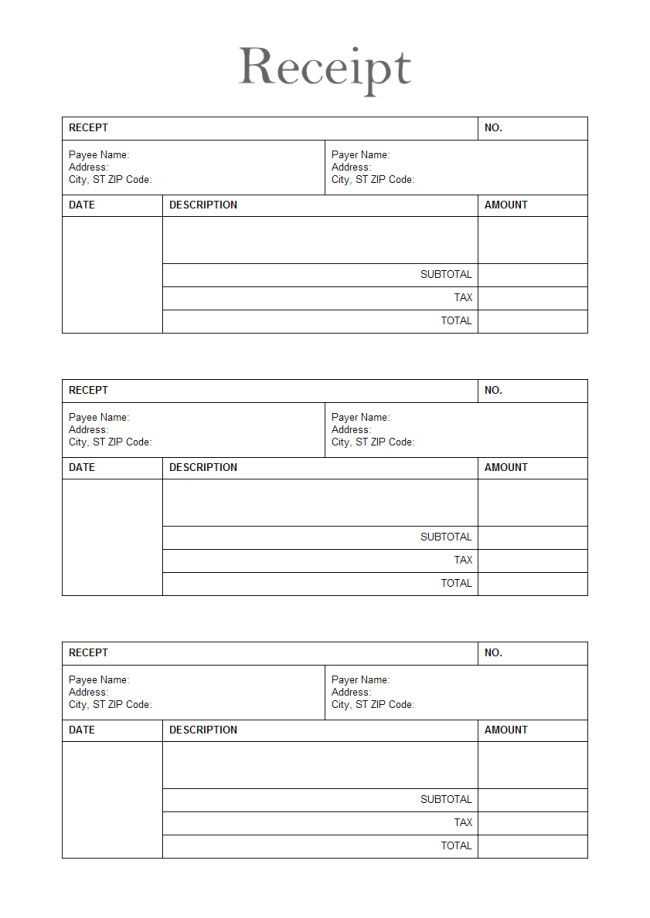
- Custom Fields: Depending on your needs, add custom fields for serial numbers or batch numbers for detailed tracking.
- Digital Signature: If operating in a digital environment, consider adding a space for an electronic signature for added convenience.
- Tracking Number: Include a field for the shipping or tracking number to link the goods receipt with the carrier’s records.
Using a clear, structured goods receipt template ensures your receiving process runs smoothly and efficiently. You’ll have a detailed, accurate record of each delivery that can be easily referenced for audits or disputes. Consider customizing your template to match specific business needs or industry standards. A well-organized receipt helps reduce the risk of errors and improves workflow for accounting and inventory management teams.
Goods Receipt Template: Practical Guidelines
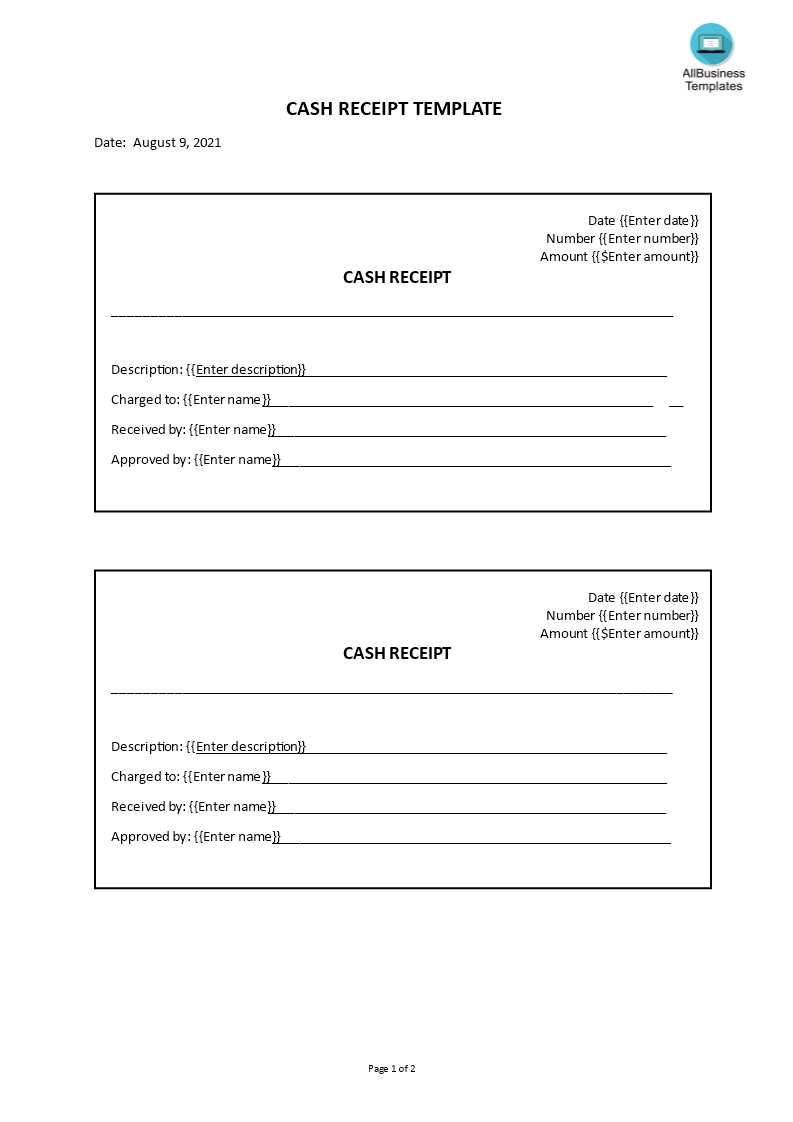
To create a clear and detailed goods receipt template, focus on providing all necessary information concisely. Ensure your template includes these critical sections:
Key Information to Include in a Goods Receipt
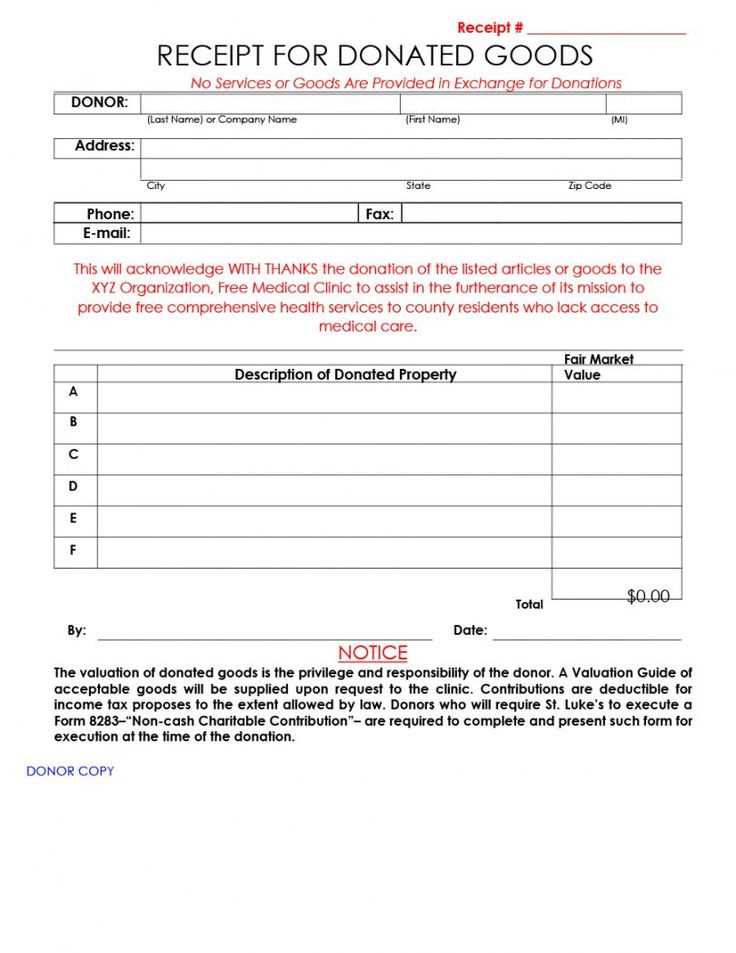
1. Receipt Number: A unique identifier for each receipt to track the document.
2. Supplier Details: Include the supplier’s name, address, and contact information.
3. Date of Receipt: Record the date the goods were received to maintain accurate records.
4. Description of Goods: List the items received with specific details such as model numbers, quantities, and any distinguishing features.
5. Purchase Order Number: Link the receipt to the corresponding purchase order for easy cross-reference.
6. Condition of Goods: Indicate whether the goods were received in satisfactory condition, including any damage or discrepancies.
Customizing the Template for Your Business Needs

Tailor the receipt to your business by adding specific fields relevant to your operations. For example, include columns for batch numbers, serial numbers, or quality control checks if your products require them. Adjust the layout to suit the type of goods your company deals with, making it easy for the receiving department to fill out and for others to read quickly.


